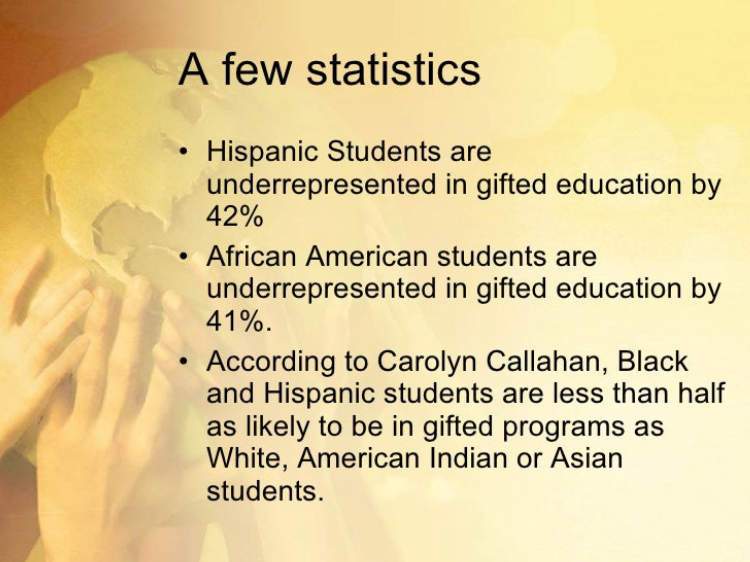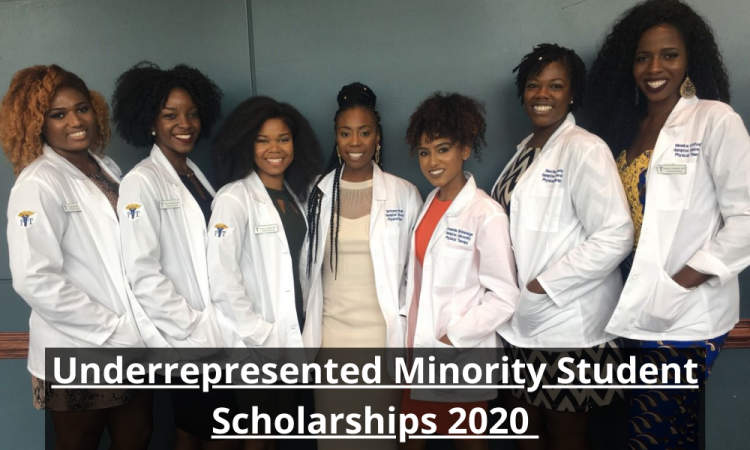Education is one of the key drivers of development and economic growth. The United States is no exception. However, many groups still remain underrepresented in the country’s educational system. Scholarships are one way to bridge the gap and encourage those from underprivileged backgrounds to take up educational opportunities.
This article takes a closer look at how this approach can be used to promote equality in US education by highlighting some of the leading scholarship initiatives in the United States. From national research projects to state-level tuition assistance, this article seeks to share the various avenues for those seeking to gain access to higher education.
Overview of Underrepresented Groups in US Education
Underrepresented groups in US education have been a significant issue for many years due to disparities between accessible educational resources. These groups are usually those who are identified to face difficulties with achieving success in higher education options such as college due to economic and educational barriers. Minorities are those who are most affected by this, such as African Americans, Native Americans, Hispanics, and Asians.
Some of the common challenges that underrepresented groups face are;
- Lack of academic preparedness among high school students
- High drop-out/out-of-school rates for various reasons
- Lack of substantial financial resources to support college education
- Lack of proper guidance and mentorship
The statistics regarding race and gender in educational attainment still has a long way to go before the gap is bridged. The pandemic has only exacerbated the problem as low-income schools have had to make budget cuts and college students have had to take a break from their studies due to job losses.
Challenges Faced by Underrepresented Groups in US Education

In the United States, some of the population has faced more difficult challenges and disadvantages when it comes to educational opportunities. Underrepresented groups in US education, especially those from low-income backgrounds and specific minority populations, are kids of color, students with disabilities, English language learners, and students from rural areas, who face difficulties in their academic pursuits.
These populations often lack the resources, study materials, access to high-quality instruction, and comfortable home environments conducive to learning that more privileged populations enjoy. In addition to resources, discrimination and bias can stand in the way of educational success for underrepresented groups.
Barriers to Academic Success:
- Unequal access to educational resources
- Discrimination or bias
- Finite educational support
- Stereotypes
- Poverty or underfunded schools
The result of these challenges leaves underrepresented groups far behind their more privileged peers in the U.S. educational system, creating a substantial gap in academic achievement that needs to be addressed.
Strategies for Encouraging Underrepresented Groups in US Education Through Scholarships
Scholarships are one of the most effective tools for encouraging participation of underrepresented groups in US education. This is especially true for such groups as women, minority, low-income, and first-generation college students. Scholarships can help make college more affordable for these underrepresented groups and provide them with much-needed assistance to pursue their academic and career goals. However, in order to be successful, it’s important for organizations, educational institutions, and other groups to implement effective strategies to distribute scholarships and maximize their impact.
Here are some strategies for encouraging the participation of underrepresented groups in US education through scholarships:
- Seek out and provide scholarships specifically designed for the needs of underrepresented groups. Organizations and universities should identify the unique needs of such groups and identity suitable scholarships that can fill those gaps.
- Be proactive in advertising and marketing scholarships to underrepresented groups. This may include outreaching to churches, civic organizations, and other community-based groups.
- Provide support services to maximize the impact of scholarships. Services such as mentoring and counseling can help empower and encourage underrepresented groups to make the most out of their scholarship opportunities.
- Form partnerships with other organizations and institutions to increase the volume of scholarships available. This can be done through co-sponsorship of scholarships as well as other forms of collaboration.
- Ensure that the application process and evaluation criteria is fair and equitable. It is important that the application and awarding processes are transparent and culture-sensitive to maximize participation from underrepresented groups.
- Provide educational and financial literacy training to help underrepresented groups better understand scholarships and the college admissions process. This can help ensure that they are better prepared for the process and maximize their chances of receiving scholarships.
By implementing effective strategies for distributing scholarships to underrepresented groups in US education, organizations and institutions can help make college more affordable and accessible for these groups and level the educational playing field.
Conclusion
Scholarships focused on underrepresented students can provide them with the resources they need to participate in a post-secondary education. By providing assistance to underrepresented groups, scholarships can be effective in leveling the playing field and creating opportunities for those who may not have otherwise had the capacity for this advanced level of education. It is important to recognize the need for support for those lacking the necessary resources, thereby facilitating their pursuit of success.
Investment in these student scholarships can have huge benefits for both the individual and the broader society. These scholarships can lead to enhanced economic growth and opportunity while also helping to improve access to higher education and create a more equitable learning environment. With the proper support, disadvantaged students can take advantage of the opportunities available in higher education and contribute to the growing success of the U.S. education system.




